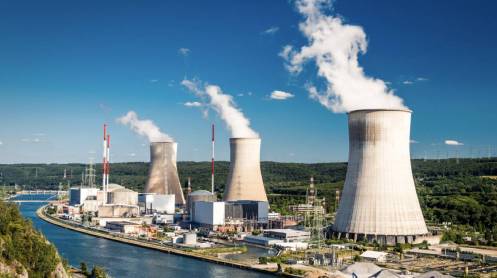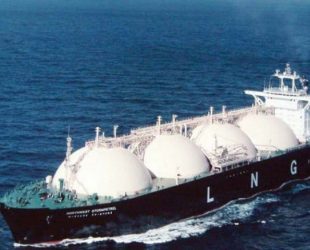The comprehensive development deal between Pakistan and China (CPEC) not only creates strategic and economic connectivity between these two countries but also has the potential of integrating other regional and extra-regional countries, and could play a key role in improving the economic and security environment.
The project is being considered a vital component in realizing the prospective of regional connectivity and improving trade with regions like Central Asia, Africa, the Middle-East, and Europe.
From a strategic perspective, the CPEC will bring many benefits to China and one of them is the development of the western region. The provinces and cities along the coast of China in East China, South China, and Yellow seas are extensively populated and developed than the Western Cities and Provinces especially the Autonomous Region of Xinjiang including Qinghai Province and very strategic the Tibetan plateau.
There is inequality of income, the difference in the standard of living, and a gap in economic opportunities among these Chinese regions along with some ethnic conflicts in Tibet and Xinjiang which directing Chinese policymakers to developed western regions through trade and investment.
One of the rationales behind the PRC’s desire for the connectivity of Pakistan with Xinjiang is to attract public and private investment in its western region. When CPEC will be fully operational, it will initiate more economic activities in the Xinjiang province and will help China in the execution of its Western Development Strategy which is very important for the political stability of China.
Actually, because of the physical proximity of Xinjiang with Pakistan, this less-developed part of China will connect to the warm waters of the Arabian Sea. Ultimately, as China’s eastern and southern coastal areas prospered and developed due to Yellow River and port cities like Shanghai and Shenzhen western China, according to the plans, will going to be developed with the help of port cities like Karachi and Gwadar.







